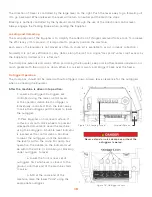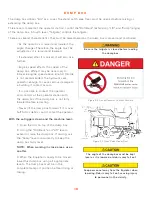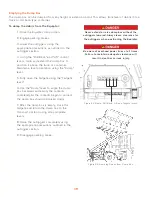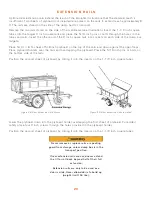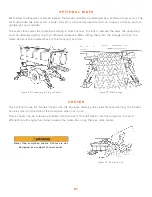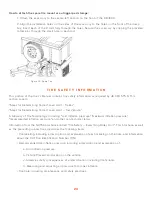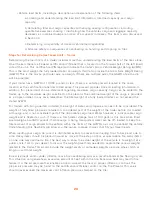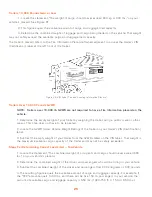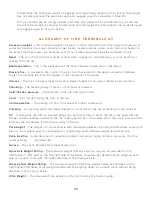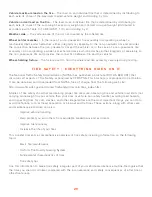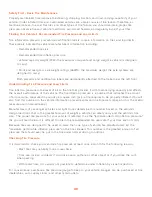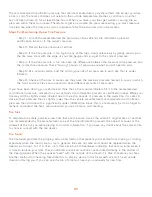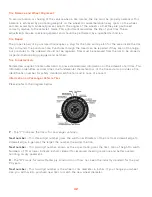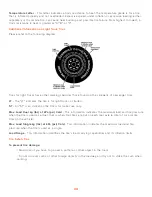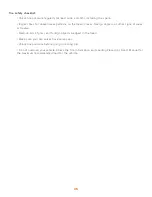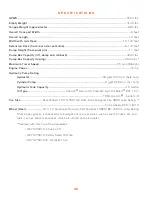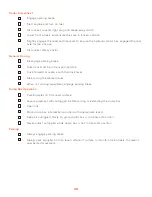
29
The National Traffic Safety Administration (NHTSA) has published a brochure (DOT HS 809 361) that
discusses all aspects of Tire Safety, as required by CFR 575.6. This brochure is reproduced in part below.
It can be obtained and downloaded from NHTSA, free of charge, from the following web site:
http://www.nhtsa.dot.gov/cars/rules/TireSafety/ridesonit/tires_index.html
Studies of tire safety show that maintaining proper tire pressure, observing tire and vehicle load limits (not
carrying more weight in your vehicle than your tires or vehicle can safely handle), avoiding road hazards,
and inspecting tires for cuts, slashes, and other irregularities are the most important things you can do to
avoid tire failure, such as tread separation or blowout and flat tires. These actions, along with other care
and maintenance activities, can also:
• Improve vehicle handling
• Help protect you and others from avoidable breakdowns and accidents
• Improve fuel economy
• Increase the life of your tires
This booklet presents a comprehensive overview of tire safety, including information on the following
topics:
• Basic tire maintenance
• Uniform Tire Quality Grading System
• Fundamental characteristics of tires
• Tire safety tips
Use this information to make tire safety a regular part of your vehicle maintenance routine. Recognize that
the time you spend is minimal compared with the inconvenience and safety consequences of a flat tire or
other tire failure.
T I R E S A F E T Y - E V E R Y T H I N G R I D E S O N I T
Vehicle maximum load on the tire
– The load on an individual tire that is determined by distributing to
each axle its share of the maximum loaded vehicle weight and dividing by two.
Vehicle normal load on the tire
– The load on an individual tire that is determined by distributing to
each axle its share of the curb weight, accessory weight, and normal occupant weight (distributed in
accordance with Table I of CRF 49 571.110) and dividing by 2.
Weather side
– The surface area of the rim not covered by the inflated tire.
Wheel center member
– In the case of a non-pneumatic tire assembly incorporating a wheel, a
mechanical device which attaches, either integrally or separably, to the non-pneumatic rim and provides
the connection between the non-pneumatic rim and the vehicle; or, in the case of a non-pneumatic tire
assembly not incorporating a wheel, a mechanical device which attaches, either integrally or separably, to
the non-pneumatic tire and provides the connection between tire and the vehicle.
Wheel-holding fixture
– The fixture used to hold the wheel and tire assembly securely during testing.
Summary of Contents for RB4000
Page 2: ......
Page 6: ...iv RIGHT Hydraulic Tank Side REAR Tail Gate LEFT Operator Side FRONT Hitch ...
Page 9: ...3 Figure 2 Decals ...
Page 45: ......
Page 46: ...855 378 4783 www equipter com 49 Eagle Drive Leola PA 17540 ...


